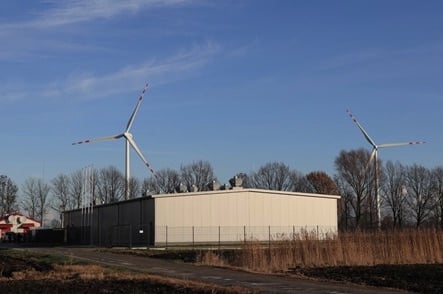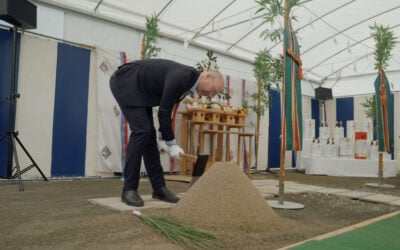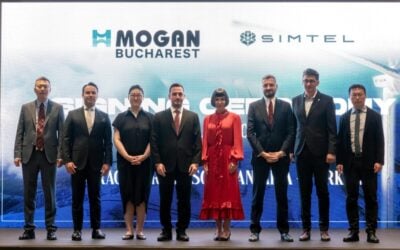
The suitability of battery storage and other advanced energy technology equipment for enabling greater integration of renewable energy onto Poland’s electricity grid has been successfully verified at the Polish-Japanese Smart Grid Demonstration Project.
Japan’s national tech innovation research and development agency NEDO and Poland’s Ministry of Energy (now called the Ministry of Climate and Environment) signed an agreement to carry out the project in 2017 and it went online in late 2020. It has been run with the involvement of Polish transmission system operator PSE, regional distribution network operator EOP and Polish power generation company EOZE, in partnership with three Japanese private companies: tech company Hitachi, manufacturer Showa Denko Materials and commercial bank group Sumitomo Mitsui Banking Corporation (SMBC).
Enjoy 12 months of exclusive analysis
- Regular insight and analysis of the industry’s biggest developments
- In-depth interviews with the industry’s leading figures
- Annual digital subscription to the PV Tech Power journal
- Discounts on Solar Media’s portfolio of events, in-person and virtual
Located at EOZE’s Bystra Wind Farm, a 24MW facility in northern Poland, its aim has been to assess how best to integrate variable output from the wind farm onto the grid using batteries, while also deploying so-called Special Protection Scheme (SPS) system equipment that can prevent the accidental overloading of transmission lines with wind power in the event that the grid fails and is unable to accept the electricity generated.
Hitachi and Show Denko Materials together supplied a hybrid battery energy storage system (BESS) comprising 5x 1MW lead-acid battery modules with 26.9MWh capacity and a 1MW / 0.47MWh lithium-ion battery storage unit. Hitachi, trading as Hitachi ABB Power Grids, supplied the SPS system equipment.
Meanwhile, SMBC’s role was to explore business models that could be applied to the BESS and SPS, including financing models for their wider roll-out. EOZE took main responsibility for construction and commissioning of the project and operates the BESS. The battery system went fully operational in early April after a testing demonstration phase and the full demonstration project concluded on 30 June. EOZE also owns the energy storage system.
The BESS can be used for frequency restoration reserve and replacement reserve based on signals from grid operator PSE, smooth fluctuations in power coming from the wind farm and for price arbitrage functions: charging the batteries when electricity prices are low during times of lower demand and discharging when demand peaks and power is more expensive.
Poland looks poised for energy (storage) transition
Renewable energy deployment has gathered pace in coal-dominated Poland over the past year or so, with our sister site PV Tech reporting on a number of large-scale projects as well as growing interest in the commercial and residential rooftop solar sectors. While around 70% of electricity is still produced by coal in Poland, it was Europe’s fourth largest solar market in 2020 and is targeting 32% of domestic net electricity consumption to come from renewables by 2030.
The country appears to also be quickly getting to grips with the role of energy storage in its changing energy system, with the Polish Parliament currently moving to amend national Energy Law to adopt a regulatory definition of energy storage, including provisions to allow transmission and distribution network organisations to invest in energy storage assets as part of their infrastructure spending.
In an interview with four national energy storage association representatives from Europe in Vol.27 of our quarterly journal PV Tech Power, Barbra Adamska of Polish association PSME said that while energy storage has to date been limited to a few “experimental investments” in Poland, the changes that are imminent for the regulatory space look set to change that. Transmission operator PGE itself has already said it will deploy at least 800MW on its networks by 2030.
Meanwhile Hitachi said at the beginning of this month that Hitachi ABB Power Grids, the entity formed by the takeover of the Power Grids business of Swiss engineering and power automation firm ABB will be known as Hitachi Energy from October. Hitachi completed the acquisition of the ABB business division in mid-2020. Hitachi Energy makes digital grid equipment including its own battery storage solution, e-mesh Powerstore, as well as its digital distributed energy resources platform e-mesh.






